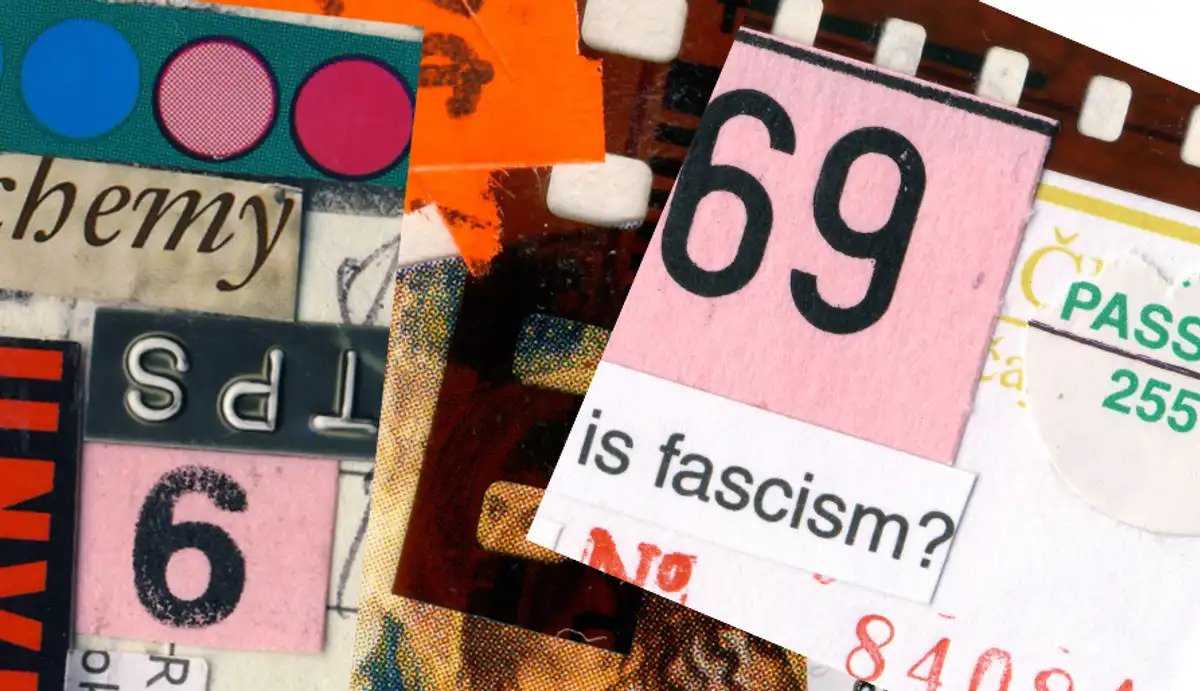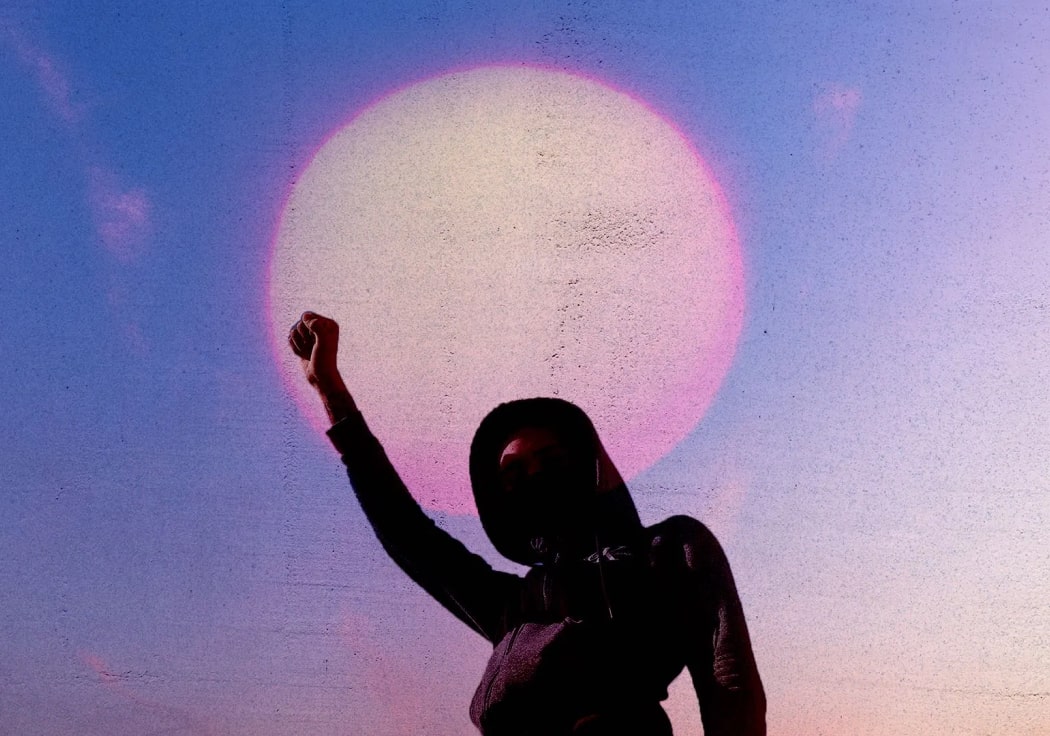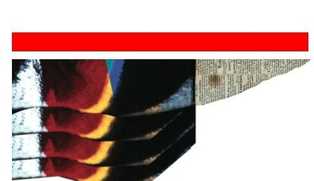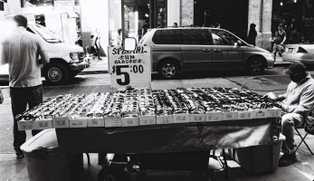History seems to be nothing else but a repetition and rehearsal of empty time, a circular movement of destruction, fear and despair. The only visible progress seems to be toward ruins (of ancient temples as the one in Palmyra) and piles of dead cities, demolished by the intense insanity of violence. Embracing catastrophes of the future, the angel of history turns his back to the past and is caught staring at the nothingness yet to come. These were my thoughts after I had witnessed hundreds of tired bodies, displaced around the ugly bus station in Belgrade two weeks ago. Waiting to continue their uncertain and dangerous journey over the carefully policed and fenced Hungarian border or the Croatian minefields into the promised territory of the collapsing Europe, all I could see on their exhausted faces was anger, sadness and anxiety. After the shocking scenes from the Macedonian-Greek border, where men, women and children had been beaten and exposed to tear gas and similar events from the Serbian-Hungarian border, the theatre of cruelty reached its climax in the image of the female Hungarian journalist kicking one elder man, who had been carrying his toddler boy. Whilst videotaping the flow of refugees in their attempt to run away from the police – to leave Hungary and enter Austria – the woman trips the father, which results in him tumbling down to the ground and falling on the top of the boy. The event powerfully resonates in my imagination, compelling me to recall horrors of Abu Ghraib or the terrifying beheading scenes from the Arabian desert. “The power of images”, writes Craig Owens, is “to arrest us, take us into custody” and expose to the reifying gaze of surveillance technologies. The video-graphed and photo-graphed subject misplaced in the mediatized desert of alienation, replaced by a digital alter ego. Are we, thus, all becoming refugees, trying to escape the pixelized panopticon of media? The refugee crisis resurfaced many of the suppressed antagonisms within the EU (increasing threat of fascism, racism, xenophobia, national paranoia etc.), especially the ones concerning questions about free movements across countries. At the moment I am writing this text, there are barbed wire fences all around Europe: in Bulgaria, Greece and, lately, Hungary. And since yesterday, there is a complete stillstand on the border between Croatia and Serbia. It is the paralyzed body of Europe. The only way to break through this terror of territoriality is across the yellow and dusty corn fields, covered with a thick mist, which is the perfect autumn camouflage, particularly at dawn when the policemen are still drunk and forgetful. Silent bodies smuggling their (hi)stories into the forest of night and over the frontiers. A step closer to the promised land of the sublated utopia called Western democracy. During the war in ex-Yugoslavia 25 years ago, refugees from Croatia and Serbia had used same routes to flee atrocities committed by their neighbours. Today, refugees and immigrants from the Middle East retrace their steps, redrawing lines of escape whilst travelling from the East to the West. Reverberation of history on the same geographical site. A reiterative choreography of displaced and misplaced bodies in the liminal zone. Can you imagine? People who have lost their homes are sleeping tonight on the burial ground in the no man’s land between Croatia (EU) and Serbia. Tomorrow they will carry on their journey not only haunted with own demons and memories, but with souls of the deceased, whose grave has been their bed. A word that kept reappearing in the media and news last few weeks, was the urgent need to build “camps” where refugees would be assembled and concentrated into groups, before they would be sent to the “more developed” countries like Austria, Germany or Sweden. At first sight, there is nothing we could object to that strategy, but when it became evident that people (in Croatia) were separated on ethnic and national basis, that they had to wear bracelets to be able to exit the camp – or even worse – when in Hungary and Slovakia they received a number sprayed onto their arms, very unpleasant memories reappear. And again, there is a strange coincidence at stake. This year in Europe and worldwide numerous events took place, commemorating the end of World War II, 70 years ago. If there is one single event, object or practice which symbolizes poignantly the horror of that war, it is the concentration camp, in which, as the Yugoslav writer Danilo Kis observes, “evil has been raised to the level of concept.” Although the refugees will not be extinguished in gas chambers, the fact that some of the East and Central European countries impose measures which are so alike to the protocols used by the Nazis during the Holocaust leaves no doubt that the power of the state is structurally always linked to the repetitious practices of segregation, discrimination, eviction and the torturing of the Other. Yet, no matter how monolithic and organized the state is, there shall always be passages, cracks and holes. A nomadic navigation against the official map. Counter-mappings and subversive cartographies that will facilitate bodies to step out of dominant power structures. Displaced and undisciplined trajectories beyond the frames of national states. Alongside known territories into the geography of invisible traces, which can not be detected by the digital eye of the camera. Topologies of sounding and touching, rather than the hallucinatory gaze of authority. For a deterritorializing movement crossways (b)orders. Always facing and waiting for the Other. With open hands to embrace. *Editors’ note: English is not the first language of the author. In an effort to preserve the original voice of the piece, we have made only minimal edits to spelling.
Displaced, Misplaced, Replaced

Are we repeating history? How the current migrant ‘crisis’ is connected to the history of migration in Europe



